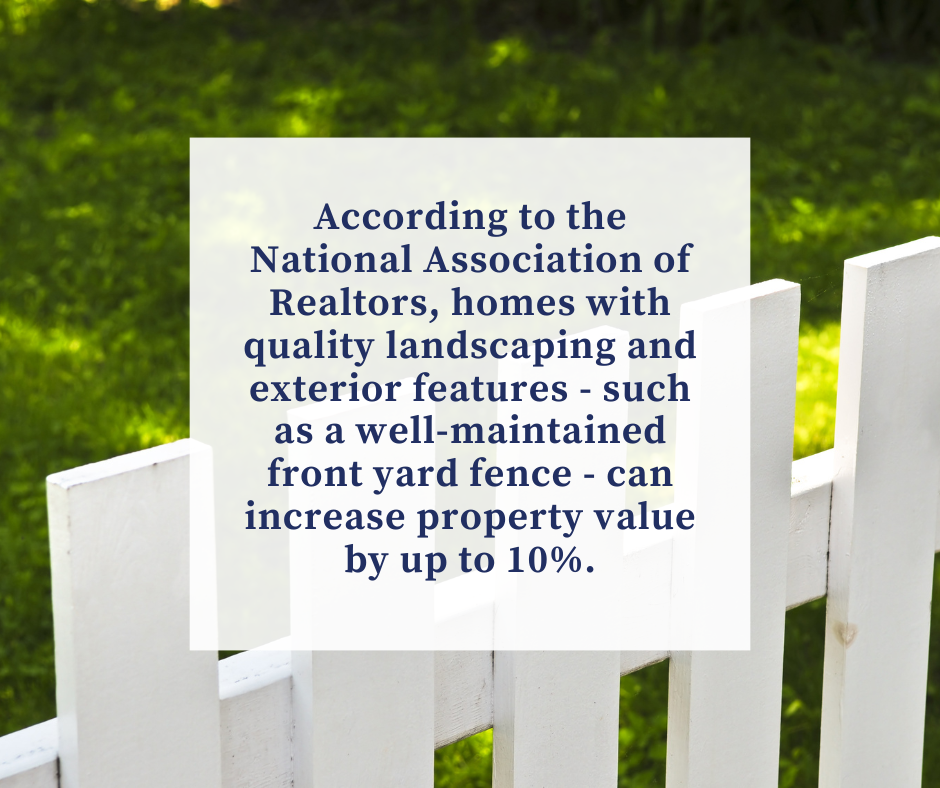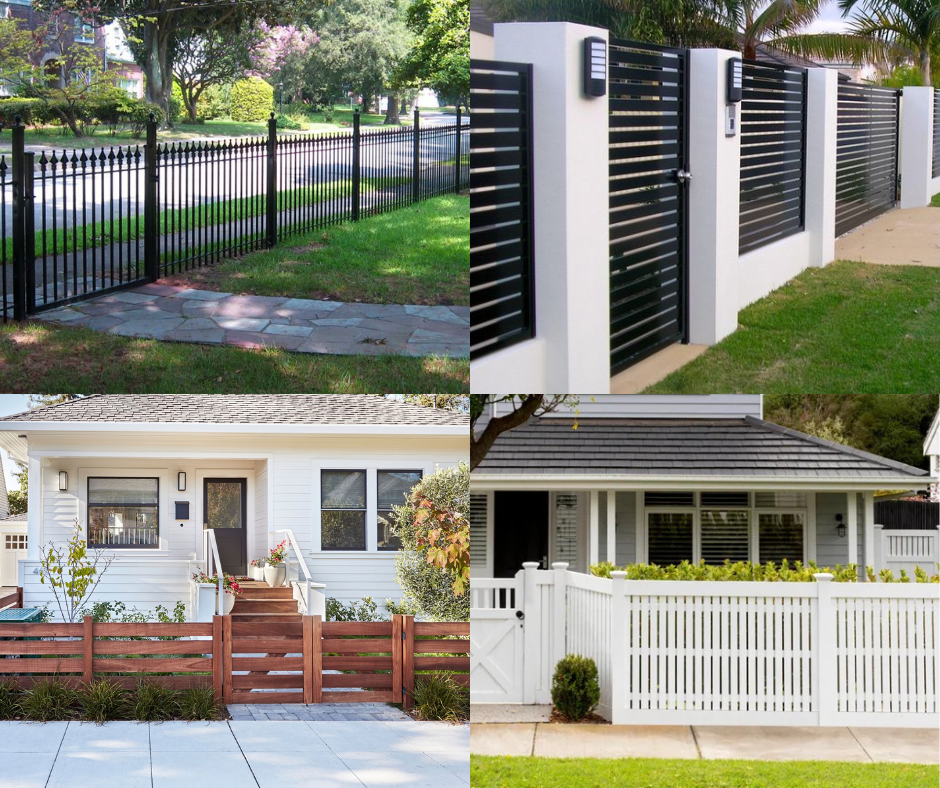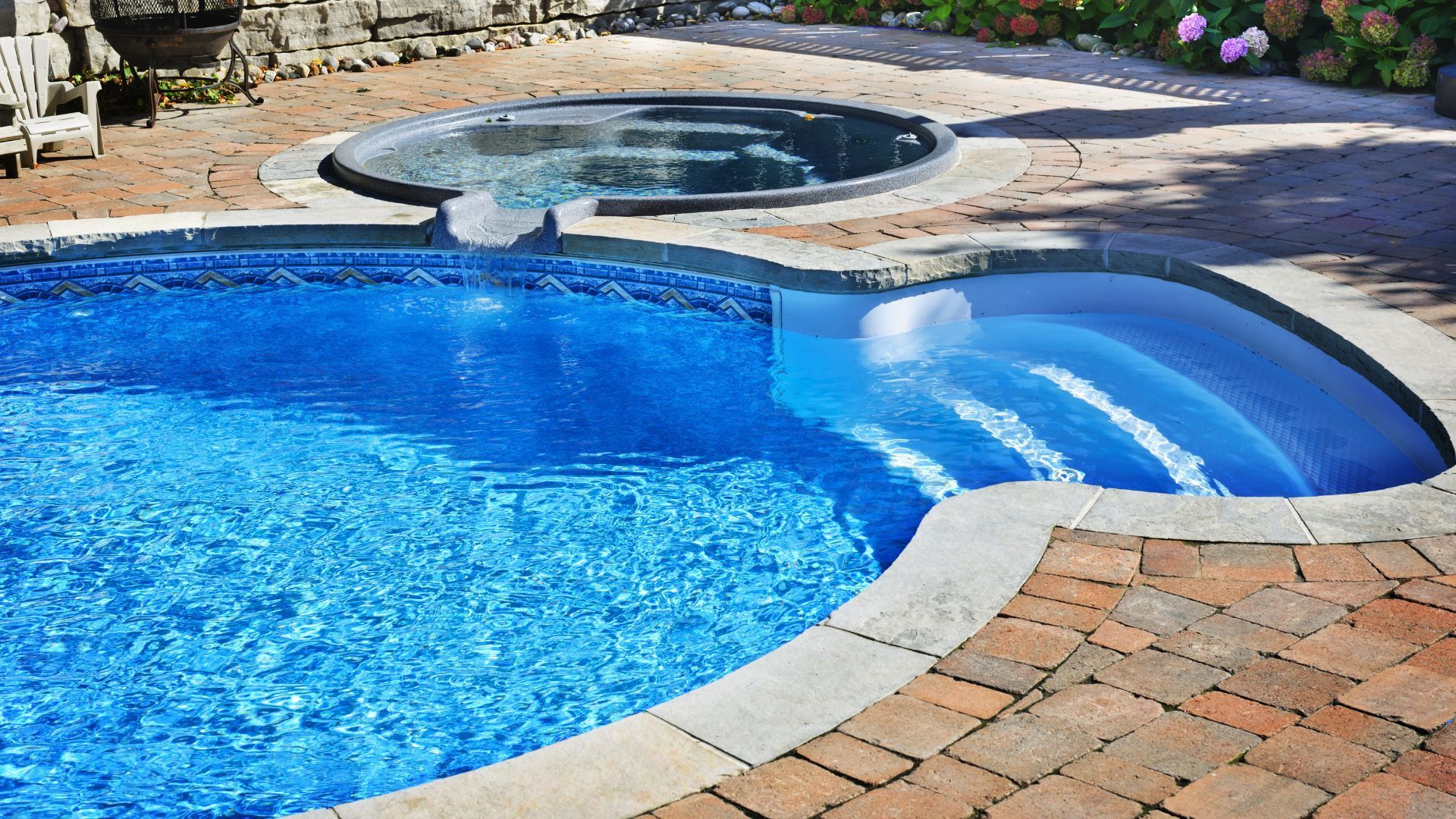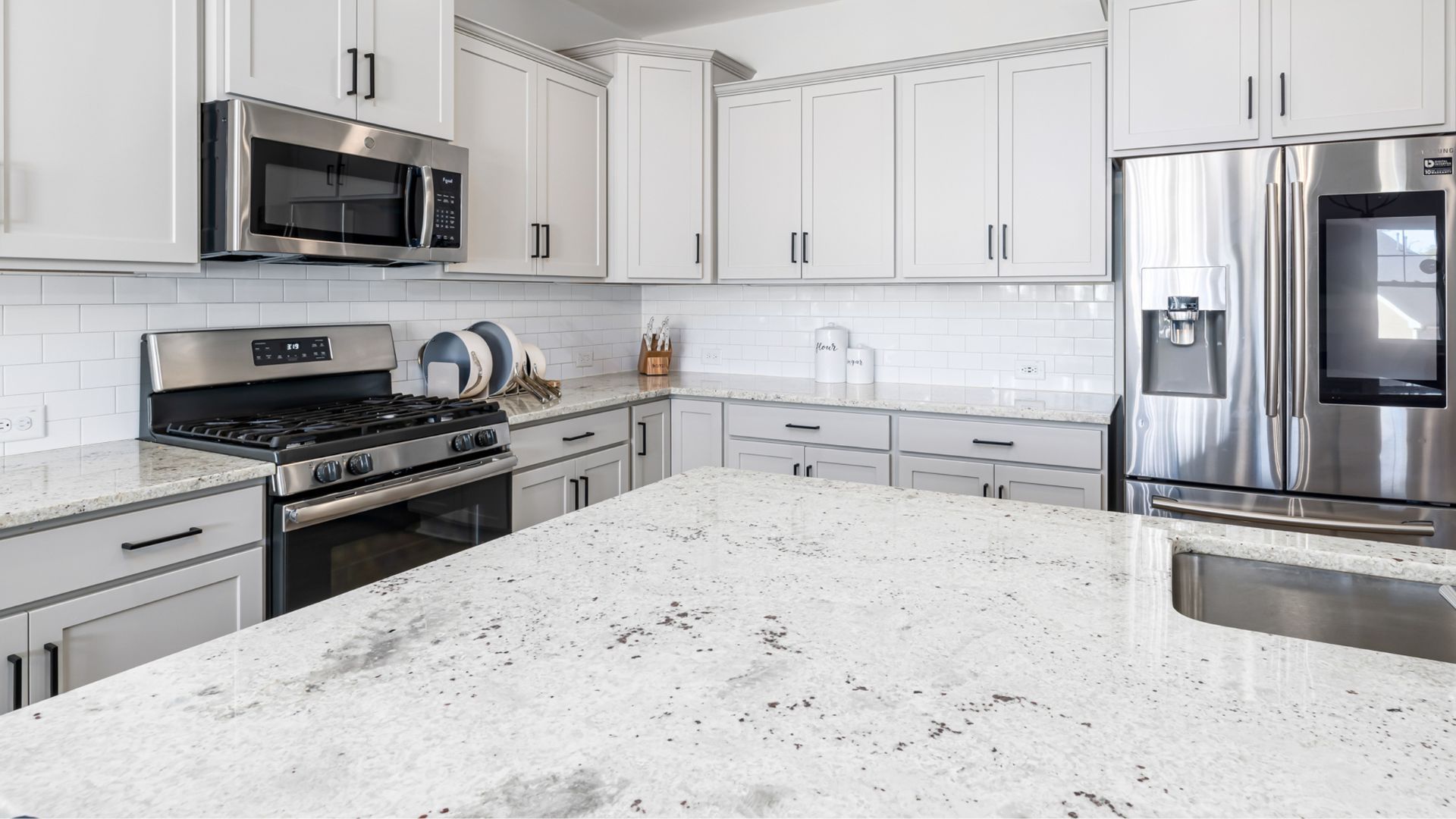Choosing the Right Fence for Your Front Yard
When you think about curb appeal, security, and even property value, a fence for your front yard plays a bigger role than most people realize. It’s the first thing people see when they approach your home—and it can either enhance or take away from your overall look. But choosing the right type of fence and keeping it in good condition takes more than picking a style you like.
Why Install a Fence for Your Front Yard?
Let’s start with the basics: why even bother installing a fence for your front yard? Here are the top reasons homeowners make the investment.
- Improved Curb Appeal: A stylish fence instantly makes your home look more polished and inviting.
- Property Boundaries: Clearly marks your land and avoids future disputes with neighbors.
- Security: Deters trespassers and adds a layer of protection for your family.
- Pet and Child Safety: Keeps kids and pets from wandering into the street.
- Privacy: Depending on the style, you can limit visibility from passersby.
These benefits don’t just help you day-to-day—they can also boost your home’s resale value.

Popular Front Yard Fence Materials
There’s no one-size-fits-all material when it comes to a fence for your front yard. Different materials serve different purposes and come with their own pros and cons. Here’s a breakdown:
Wood Fences
- Natural, classic look
- Easily customizable
- Requires regular maintenance (sealing, staining)
- Can be vulnerable to rot and insects
Vinyl Fences
- Low maintenance and durable
- Won’t rot or rust
- Limited in color options
- Can warp in extreme heat
Wrought Iron or Metal Fences
- Elegant and strong
- Offers great visibility
- Prone to rust without proper care
Aluminum Fences
- Lightweight and rust-resistant
- Lower cost than wrought iron
- Less secure due to thinner material
Composite Fences
- Eco-friendly and very durable
- Mimics wood without the upkeep
- More expensive upfront
Chain-Link with Privacy Slats
- Budget-friendly
- Fast to install
- Not the most attractive option
Choosing the right material depends on your budget, local climate, and how much time you’re willing to spend on maintenance.
Style and Height: What to Consider
Your fence for your front yard doesn’t just need to be functional—it should also follow local rules and look great.
Before building, ask these questions:
- Is your area governed by a homeowners’ association?
- What are the city or county height restrictions? (Typically 3–4 feet)
- Will your fence block views or create safety concerns?
- Do you want something decorative, or more private?
Popular styles include:
- Picket: Traditional, charming, and great for lower fences.
- Horizontal Slats: Modern look with clean lines.
- Ranch-Style: Perfect for wide yards and open visibility.
- Privacy Panels: Best for creating separation, though less common in front yards.
Permits, Property Lines, and HOA Rules
Before you install a fence for your front yard, it’s essential to do your homework. Otherwise, you could face fines or neighbor disputes.
Here’s what to double-check:
- Property Lines: Always get a land survey before installation. Fences built on your neighbor’s property can become legal issues fast.
- Local Building Permits: Many cities require permits, especially for taller or solid fences.
- HOA Rules: Some associations restrict materials, height, or even fence color.
Skipping these steps can lead to expensive corrections later.

Fence Issues a Home Inspector Often Finds
As a home inspector, I’ve seen how even a beautiful fence for your front yard can hide major issues. During home inspections, we check fences for a variety of problems that can affect safety, appearance, and value.
Common issues include:
- Rotting wood posts or boards
- Rust and corrosion on metal fences
- Loose or leaning posts due to poor anchoring
- Gaps between boards or slats
- Drainage issues causing water damage near fence lines
- Encroachment on neighboring properties
Buyers often overlook fences during a walkthrough, but they’ll matter during inspection. A neglected fence can signal other hidden maintenance issues.
Tips to Maintain Your Front Yard Fence
Routine maintenance can extend the life of your fence for your front yard and help it look great year-round. Here are a few easy habits to keep it in top condition.
- Inspect Seasonally: Walk your fence line every few months and after big storms.
- Seal or Paint Wood: Helps prevent moisture damage and UV wear.
- Tighten Hardware: Check latches, hinges, and screws regularly.
- Wash the Fence: Remove dirt, mildew, or stains with a hose or power washer.
- Trim Plants and Grass: Overgrowth can trap moisture and invite pests.
Taking care of small issues early helps avoid expensive repairs later on.
Does Fence Condition Affect Home Value?
Absolutely. A well-maintained fence for your front yard can create a great first impression. On the other hand, a damaged or outdated fence can reduce buyer interest or raise red flags during a home inspection.
Here’s why:
- Curb appeal is one of the first things buyers notice.
- Appraisers consider fencing in their property assessments.
- A bad fence may hint at larger maintenance problems.
Home inspectors include fences in their exterior evaluations. If it’s falling apart or improperly installed, it could affect the final report—and possibly the sale.
Final Thoughts
A fence for your front yard is more than just decoration. It defines your property, enhances safety, and boosts curb appeal. But it only helps if it’s properly installed and well-maintained.
Whether you're buying, selling, or simply want peace of mind, don’t overlook your fence. Include it in your next home inspection to spot issues early and protect your investment. Need help? Schedule your professional home inspection today—we’ll make sure your entire property, including the fence for your front yard, is safe, secure, and ready to impress.




